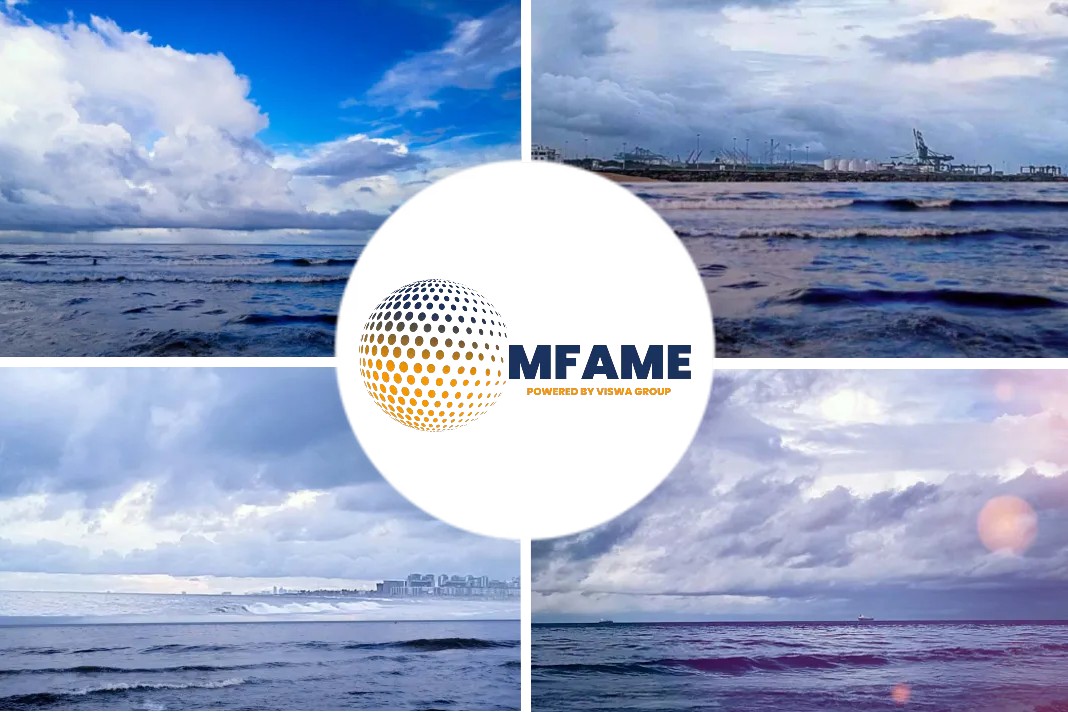
Successful space launch will significantly improve maritime communications, reveals an Innovation News Network.
Microsatellite that will improve maritime communications
A microsatellite that will improve maritime communications successfully launched from the Satish Dhawan Space Centre in Sriharikotta, India, on Saturday.
Developed by the Satellite Technology And Research Centre (STAR) under the National University of Singapore’s College of Design and Engineering (NUS CDE) and A*STAR’s Institute for Infocomm Research (I2R), the Lumelite-4 microsatellite features experimental satellite-based communication hardware that can improve maritime communications.
The VHF Data Exchange System (VDES) will also monitor and improve traffic management and analytics and is the first demonstration of satellite-based VDES for maritime applications in Southeast Asia.
VDS vs AIS: Which is better?
Currently, international voyaging ships are fitted with the Automatic Identification System (AIS), an automatic tracking system that uses transceivers on ships for collision avoidance. This method monitors maritime communications by tracking and monitoring vessel movements using broadcast information on identification, location, course, and speed.
The VDES payload which Lumelite-4 is carrying has several advantages over the current AIS system, such as greater bandwidth, range, accuracy, capacity, security, flexibility, and global coverage, making it an attractive solution for maritime operators seeking to enhance communication and operational efficiency.
Now, the successful launch will allow the team to demonstrate the satellite’s VDES technology and validate potential applications of VDES, including real-time maritime communications, asset tracking, and two-way messaging, in contrast to the one-way reporting supported by AIS.
A*STAR’s I2R and ST Engineering had previously developed the VDES Mobile Station, which can achieve up to 32 times higher data rates than the current AIS system. Supported by terrestrial VDES, the VDES Mobile Station enables higher data throughput and higher quality data delivery among ship-to-ship and ship-to-shore two-way communications.
The latest satellite VDES complements the terrestrial VDES to enable a more robust maritime communications service, allowing the tracking of vessels not just in coastal areas but also in high seas and areas without the need for terrestrial networks.
Deploying the satellite into space
The team began this project in 2018 and recently completed the design, assembly, integration, and testing of Lumelite-4 with the VDES payload. The microsatellite is now flying at 586 kilometres above sea level on an orbital plane called the near-equatorial orbit. This is the third satellite from NUS that has been successfully delivered to space – the first two satellites, Galassia and Kent Ridge 1, were launched in 2015.
“The successful launch of Lumelite-4 marks a new chapter in NUS’ journey into space. STAR is excited to leverage our knowledge and expertise in satellite technologies in this collaboration with A*STAR’s I2R,” said Professor Low Kay Soon, Director of STAR.
“Over the next few months, the team aims to demonstrate the space-based implementation of high-performance VDES on a small satellite for maritime communications. The success of this mission will further strengthen Singapore’s position as an innovative space technology hub for small satellites.”
Dr Sun Sumei, Acting Executive Director of A*STAR’s I²R, added: “With the Lumelite-4 launch, we are closing the gap to showcase the full operational capability of the VHF Data Exchange System (VDES) with both terrestrial and satellite components, advancing from our earlier development of the VDES Mobile Station.
“The experimental microsatellite in orbit will allow A*STAR to test and validate key technologies of the VDES satellite mode, which includes helping maritime operators to monitor and analyse real-time traffic, thus enhancing navigational safety and port efficiencies, even in areas without terrestrial network. We look forward to exploring further applications of A*STAR’s technology with NUS and our ecosystem partners to support maritime communications better.”
Further developing satellites to improve communications
Until 2027, the NUS satellite team is working on a series of small satellites for distributed space systems comprising several small satellites flying in tandem for constellation missions. This will be useful for environmental monitoring, timely maritime communications, and aviation traffic management.
Following the successful launch of the Lumelite-4, A*STAR’s I²R will carry out extensive in-orbit testing of satellite payloads with their VDES Mobile Station to demonstrate the two-way data communication and vessel tracking capability, coupled with maritime traffic analytics, modelling, and optimisation capabilities by A*STAR’s Institute of High Performance Computing (IHPC).
The team will also continue leveraging radio frequency and antenna design capabilities to meet the requirements for compact satellite payloads and ground terminals. Through close partnerships with local and global ecosystem partners, A*STAR’s I2R will develop further applications and integrated capabilities to improve e-navigation, port efficiency, and shipping operations for maritime safety.
Did you subscribe to our daily Newsletter?
It’s Free! Click here to Subscribe!
Source: Innovation News Network

























